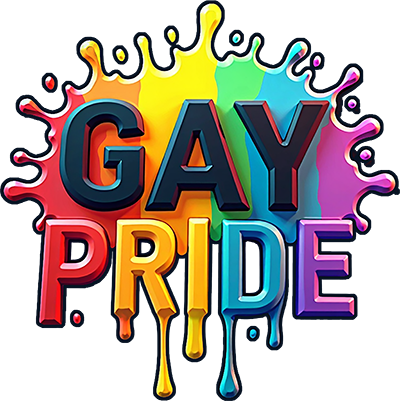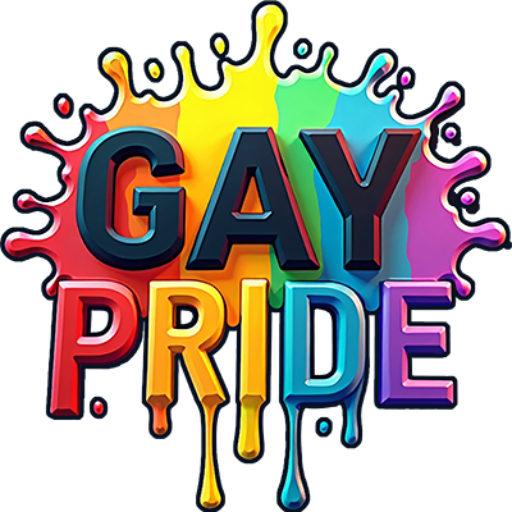LGBTQ Representation in Music and the Arts: A Vibrant Tapestry
The world of music and the arts has long been a refuge and an outlet for self-expression, creativity, and activism. Within this vibrant tapestry, LGBTQ representation has played a pivotal role, both in shaping the cultural landscape and in advocating for social change. Join us as we explore the multifaceted impact of LGBTQ artists in music and the arts, celebrating their contributions and understanding the challenges they face.
Table of Contents:
1. Introduction to LGBTQ Representation in the Arts
2. Historical Overview
3. Key Figures in LGBTQ Music
4. LGBTQ Representation in Visual Arts
5. The Impact of Representation
6. Challenges and Progress
7. Conclusion
8. FAQs
Introduction to LGBTQ Representation in the Arts
The arts have always been a powerful medium for marginalized voices to express themselves and reach wider audiences. For the LGBTQ community, representation in music and the arts is not merely about visibility; it’s about creating a platform for authentic storytelling and fostering understanding among diverse audiences. In a world where acceptance can often be elusive, the arts offer a sanctuary for truth and transformation. 🌈
Historical Overview
Looking back, LGBTQ representation in the arts has evolved significantly. During the early 20th century, queer artists often had to hide their identities, using subtext and coded language to communicate their experiences. Over time, as societal norms shifted, many LGBTQ artists began to gain recognition and influence.
In the 1970s and 1980s, the rise of movements advocating for LGBTQ rights coincided with more overt representation in the arts. Icons like David Bowie and Freddie Mercury challenged gender norms and expressed their identities through bold performances. Their courage paved the way for future generations of artists to embrace their true selves.
Key Figures in LGBTQ Music
Today, the music industry is rich with diverse LGBTQ voices, each contributing uniquely to the landscape. Artists like Elton John and George Michael have left indelible marks, while contemporary stars like Lil Nas X and Janelle Monáe continue to push boundaries and redefine genres. These musicians not only entertain but also use their platforms to advocate for equality and acceptance.
Elton John, a trailblazer for LGBTQ representation, has been open about his sexuality and activism for decades. His foundation, the Elton John AIDS Foundation, has raised millions for HIV/AIDS prevention and care. Similarly, Lil Nas X, with his genre-defying hits, uses his voice to challenge stereotypes and promote inclusivity.
LGBTQ Representation in Visual Arts
Beyond music, LGBTQ representation in visual arts offers powerful commentary on identity and society. From the surrealist works of Claude Cahun to the contemporary pieces of Kehinde Wiley, queer artists have continuously pushed the boundaries of expression.
Claude Cahun, a French surrealist photographer, used their art to explore gender fluidity and identity. Their work remains influential, challenging viewers to question societal norms. Meanwhile, Kehinde Wiley’s portraits celebrate Black and Brown bodies, often incorporating LGBTQ themes, creating a dialogue about race, sexuality, and power.
The Impact of Representation
LGBTQ representation in the arts creates ripple effects that extend beyond the canvas or the stage. It fosters empathy, breaks down stereotypes, and inspires future generations. For LGBTQ youth, seeing artists who share their identities can be life-changing, providing role models and affirming their experiences.
Moreover, representation in the arts can influence public opinion and catalyze social change. When mainstream media and culture embrace diversity, it encourages broader societal acceptance and understanding.
Challenges and Progress
Despite progress, challenges remain. Many LGBTQ artists continue to face discrimination and barriers in the industry. Issues like censorship, tokenism, and lack of representation in leadership roles persist.
However, the tide is turning. Initiatives promoting diversity and inclusion are gaining traction, and more platforms are amplifying LGBTQ voices. Organizations like GLAAD and the Trevor Project work tirelessly to support LGBTQ artists and advocate for their rights.
Conclusion
LGBTQ representation in music and the arts is a testament to the power of authenticity and resilience. As we celebrate the achievements of LGBTQ artists, let us also commit to supporting their continued fight for equality and representation. By uplifting these voices, we enrich our cultural landscape and move closer to a more inclusive world for all. 🎨🎶
FAQs
Q: Why is LGBTQ representation important in the arts?
A: LGBTQ representation in the arts is crucial for visibility, validation, and fostering understanding. It allows LGBTQ individuals to see themselves reflected in culture, promoting acceptance and empathy.
Q: Who are some influential LGBTQ artists in the music industry?
A: Influential LGBTQ artists include Elton John, Freddie Mercury, Lil Nas X, Janelle Monáe, and many others who have broken barriers and advocated for equality through their work.
Q: What challenges do LGBTQ artists face?
A: LGBTQ artists often face discrimination, censorship, and tokenism. Despite these challenges, many continue to push for representation and inclusivity in the arts.
Q: How can individuals support LGBTQ representation in the arts?
A: Supporting LGBTQ representation involves advocating for diversity, attending LGBTQ art events, promoting LGBTQ artists, and supporting organizations that fight for LGBTQ rights and representation.

